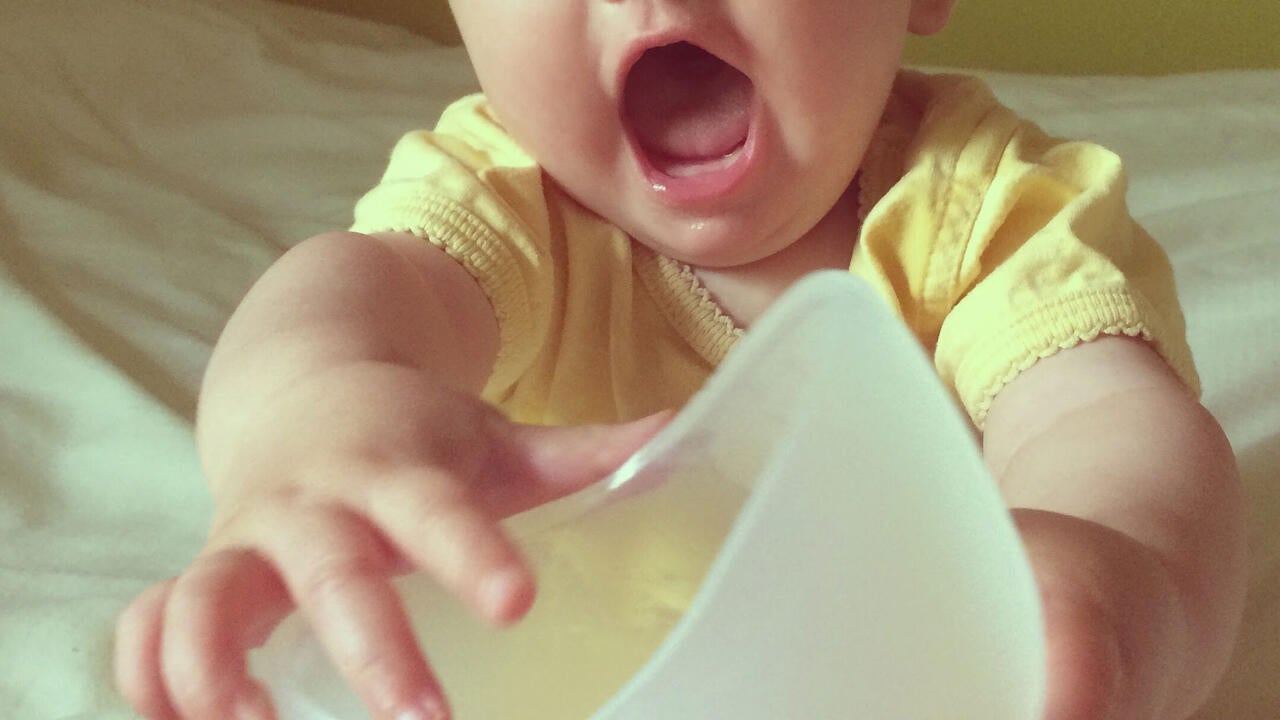
Waterloo staff member heading to Breast Pump Hackathon
Mother of two will showcase Breastbowl at MIT event.

Mother of two will showcase Breastbowl at MIT event.
By Natalie Quinlan University Relations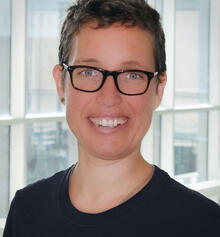 Research Technology Specialist with the Department of Kinesiology Melanie Scholz is heading to Massachusetts.
Research Technology Specialist with the Department of Kinesiology Melanie Scholz is heading to Massachusetts.
The mother of two will compete and showcase her product, the Breastbowl, during the “Make the Breast Pump Not Suck” Hackathon, an event hosted at MIT (Massachusetts Institute of Technology) and dedicated to improving the practice of breastfeeding.
Over a three-day period (April 27 – April 29), more than 275 participants, 150 hackers and approximately 25 teams will focus on equity and inclusive innovation in breastfeeding, catalyzing the development of tech products, spaces, clothing, programs and services. Attendees will also emphasize the importance of creating affordable, accessible, and culturally diverse solutions.
For Scholz, she’s confident her non-electric method, the Breastbowl, checks all of those boxes. Here’s why:
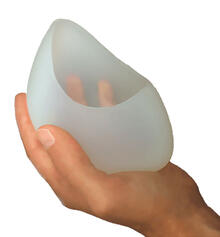 Like most women, Scholz didn’t think much about breastfeeding until she had her own children. And even then, it wasn’t until Scholz headed back to work that she began to question her routine. Could a breastfeeding relationship with her six-month-old be sustained?
Like most women, Scholz didn’t think much about breastfeeding until she had her own children. And even then, it wasn’t until Scholz headed back to work that she began to question her routine. Could a breastfeeding relationship with her six-month-old be sustained?
By default, many moms rely on electric breast pumps, but for Scholz, the device wasn’t for her.
“I hated it,” said Scholz. “I found it unreliable and uncomfortable. I remember one time when I wanted to pump some milk and the pump ran dry. I became worried that my milk had dried up.”
According to Statistics Canada, many new mothers cite “not enough breast milk” and “difficulty with breastfeeding technique” as the main reasons for giving up on breastfeeding before the six-month mark.
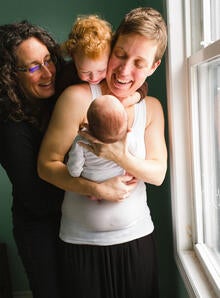 Taking advice from her Doula, also known as a birth coach, Scholz tried “hand expression,” a method where hands are used to stimulate and activate breast glands.
Taking advice from her Doula, also known as a birth coach, Scholz tried “hand expression,” a method where hands are used to stimulate and activate breast glands.
“And guess what, there was plenty of milk,” exclaimed Scholz.
The revelation wasn’t a coincidence either.
Research shows that women can remove about 50 per cent more milk when using their hands compared to hospital grade electrical breast pumps, and that expressed milk contains twice as much fat than pumped milk.
“I looked on the Internet to see what people recommended for catching the milk, as hand expression can be messy, but the only recommendation I found involved immersing my chest in a big salad bowl. I did not see myself returning to work with a big salad bowl.”
 The success with hand expression was the boost Scholz needed and inspired her to design a product that was mess-free, comfortable, and created out of clean material — glass.
The success with hand expression was the boost Scholz needed and inspired her to design a product that was mess-free, comfortable, and created out of clean material — glass.
“Since I was still on mat leave and had lots of time, I decided to learn glass blowing and personally make the bowl I needed,” said Scholz. “After I made one for myself, some of my breastfeeding mom friends wanted one too. So, I started an online store selling my handmade creation: The Breastbowl.”
Since then, the demand for breastbowls has exceeded Scholz’s ability to self-produce. It wasn’t until Scholz’s second baby (and maternity leave) came around that the now mother of two explored the possibility of making a breastbowl out of food-safe silicone.
“I believe the reason for the inefficiency of conventional pumps is because they don’t take into account the physiology of releasing breastmilk,” said Scholz. “They might seem to work okay in the early days when breasts are rock-hard and allow the pump to get a good latch, but with normal breasts, the vacuum exerted by the pump just moves the breast tissue back and forth, not getting to the milk.”
Additionally, the trigger for releasing milk is oxytocin, a hormone associated with comfortable, pleasant sensations. Pumps generally don’t provide the trigger required to release milk, but rather, babies and hands do.
“Our hands are soft, warm, incredibly sensitive, dexterous and they are part of our body,” said Scholz. “I’m planning to attend the hackathon and shift the focus away from creating yet another machine that will inevitably be inferior to what we already have.”
Scholz’s continues to breastfeed her 3.5 and 1.5-year-olds, and even donates her milk on the side.
More information on Scholz’s Breastbowl can be found on her website.
Watch Melanie Scholz's "Make the Breast Pump Not Suck" vlog below.

Read more
Here are the people and events behind some of this year’s most compelling Waterloo stories
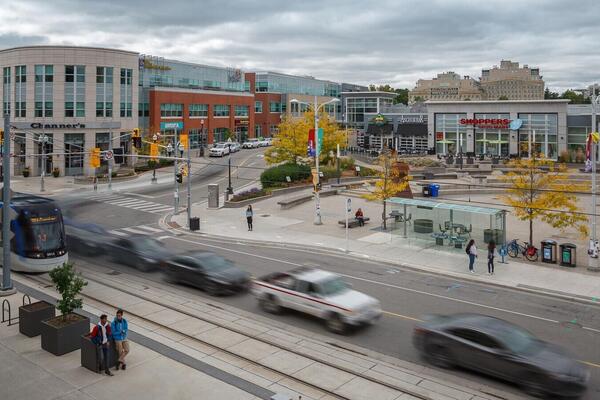
Read more
It Started in Waterloo: An Astronaut's Journey into the Universe of Innovation, narrated by Chris Hadfield, highlights the University of Waterloo’s role in igniting innovation within the region and beyond.

Read more
Researchers awarded funding to investigate ecology, climate change, repatriation, health and well-being through cultural and historical lens
The University of Waterloo acknowledges that much of our work takes place on the traditional territory of the Neutral, Anishinaabeg, and Haudenosaunee peoples. Our main campus is situated on the Haldimand Tract, the land granted to the Six Nations that includes six miles on each side of the Grand River. Our active work toward reconciliation takes place across our campuses through research, learning, teaching, and community building, and is co-ordinated within the Office of Indigenous Relations.